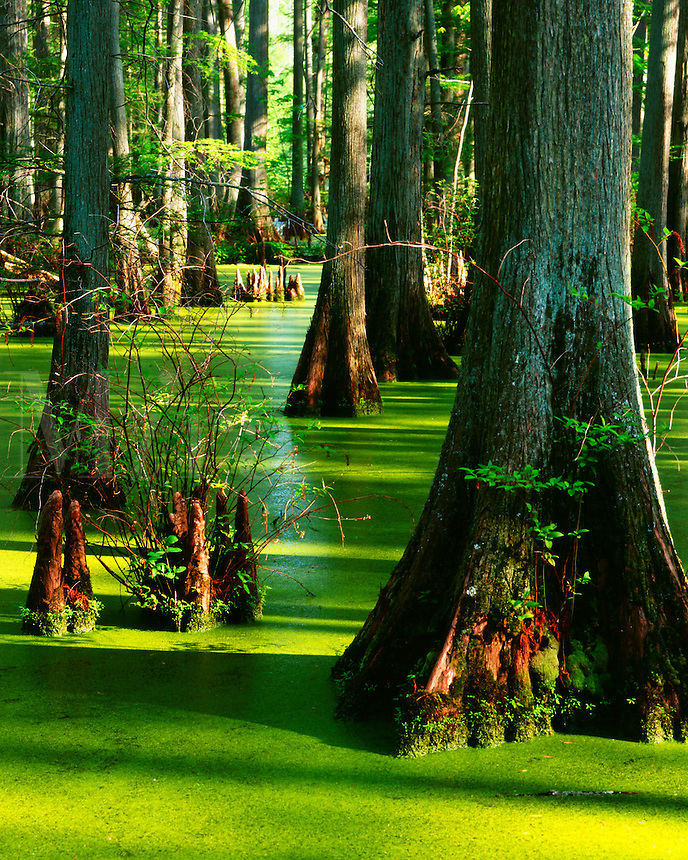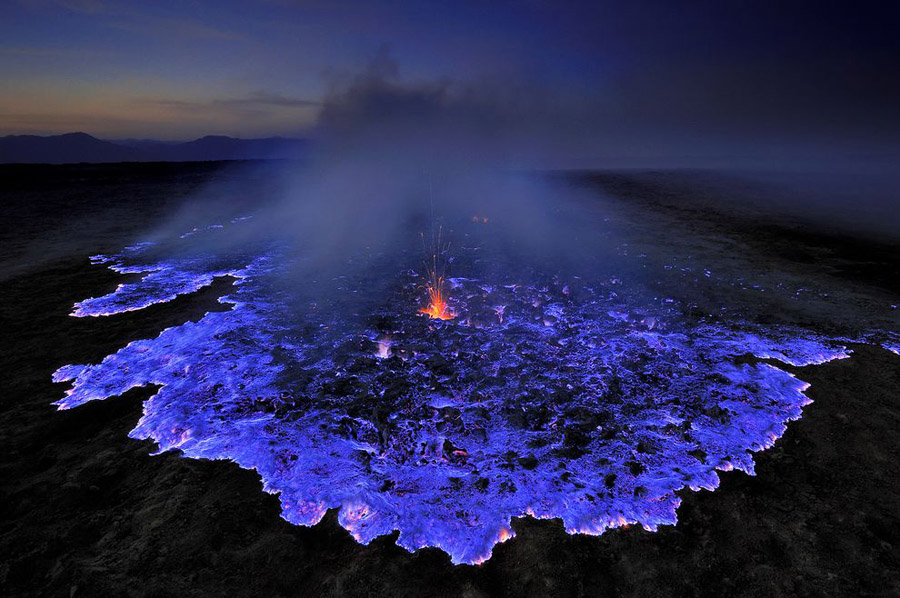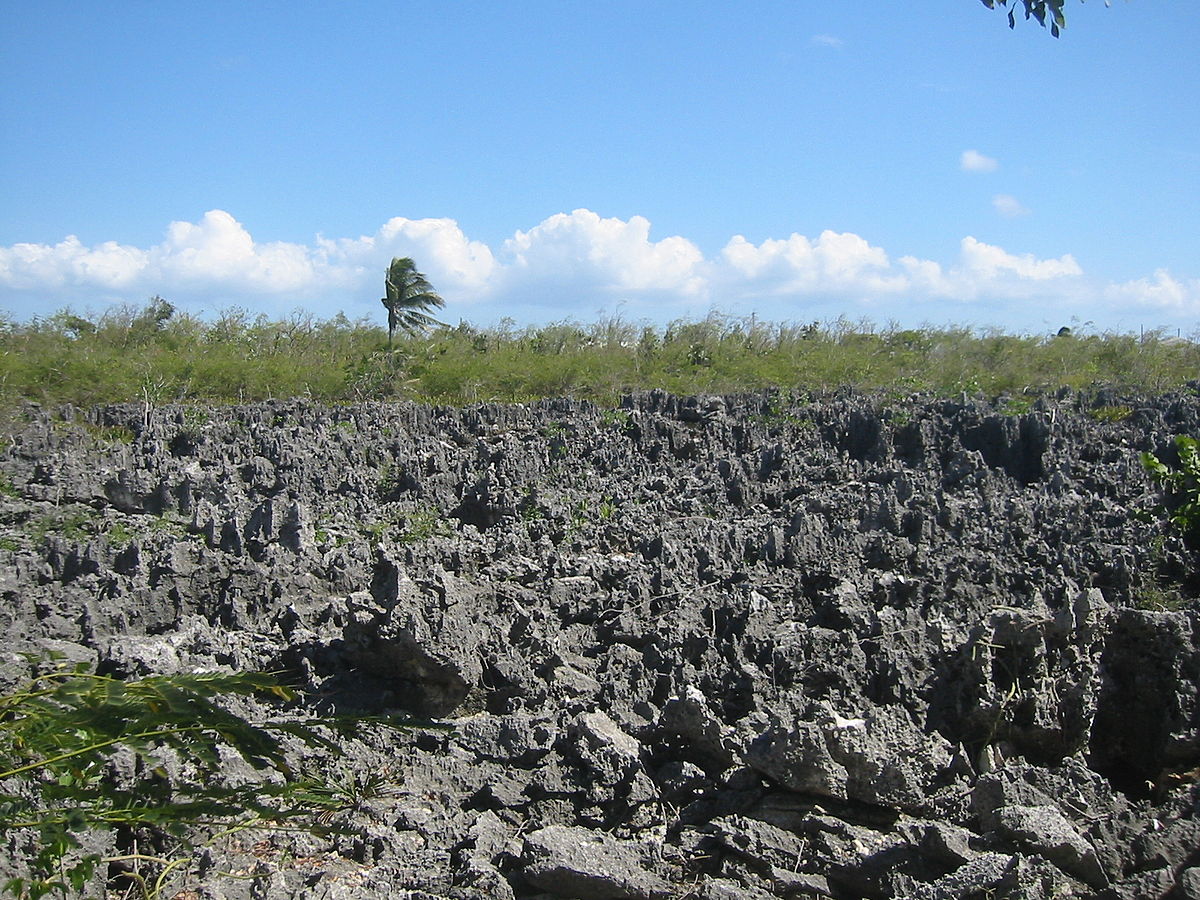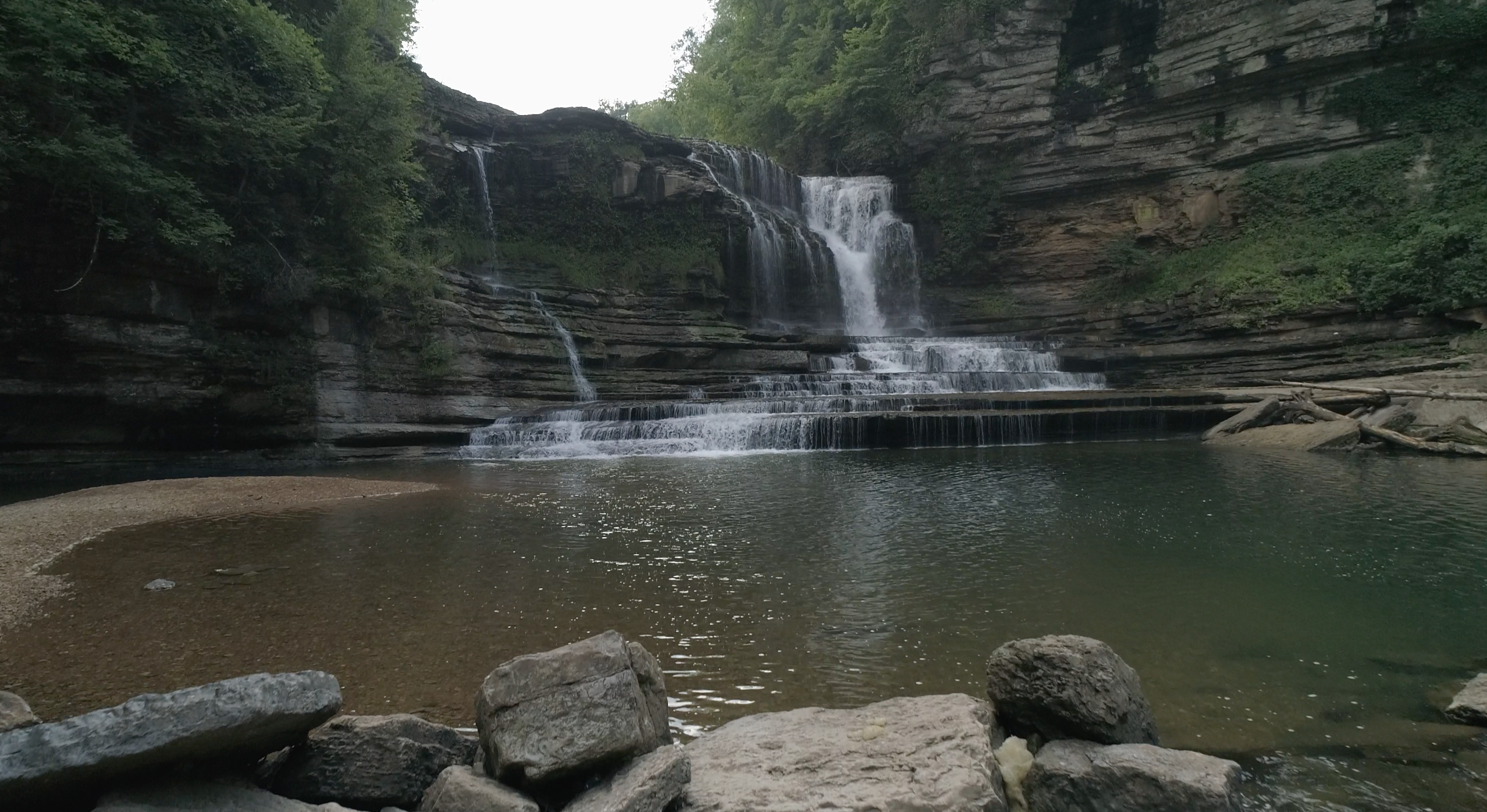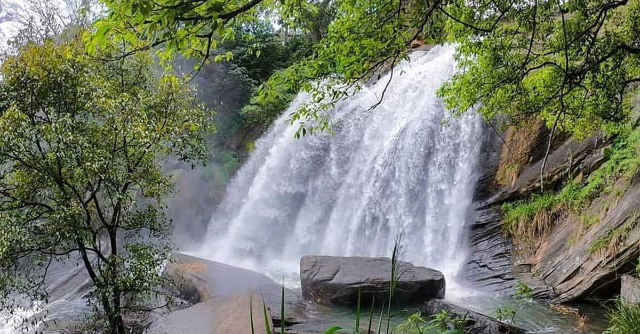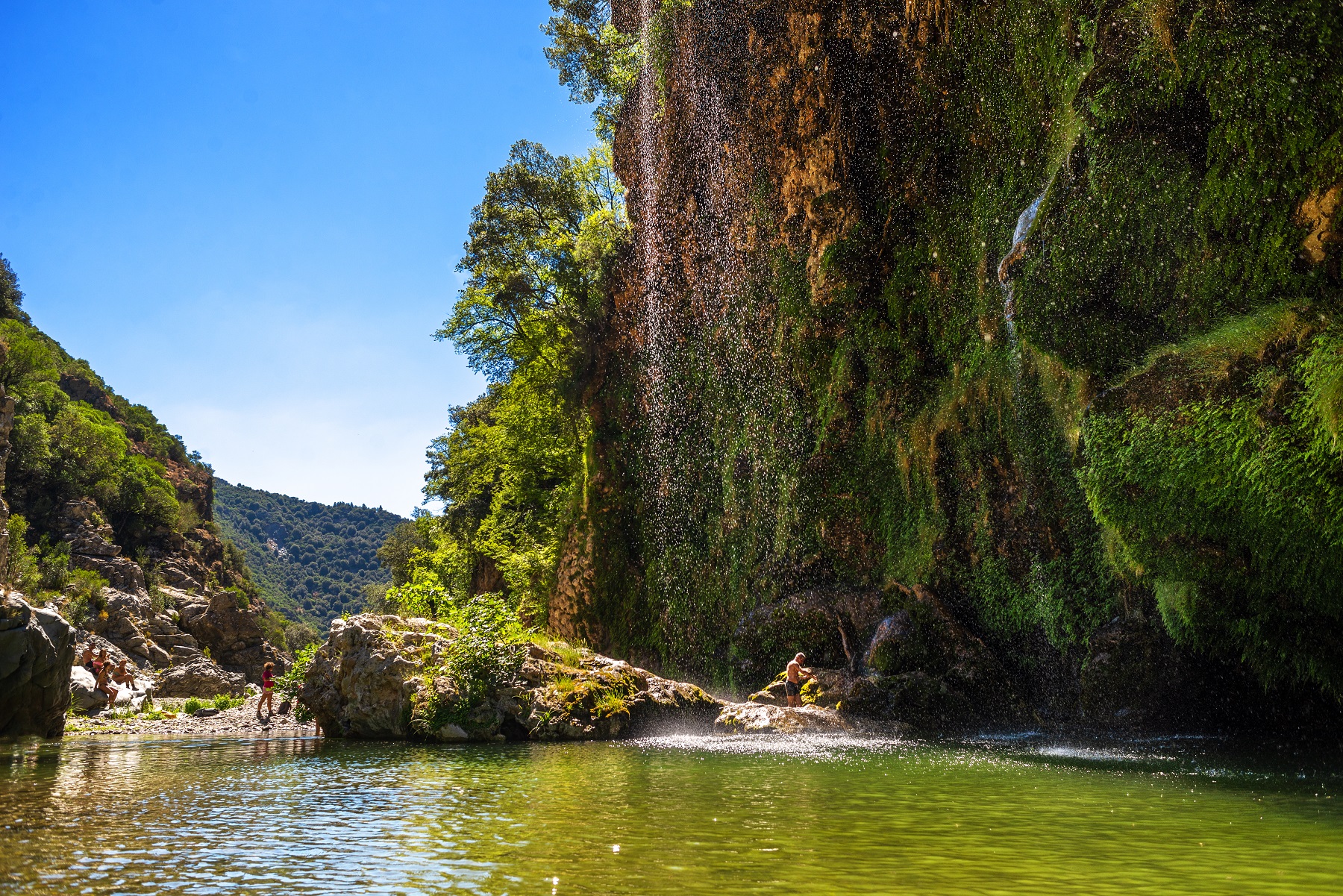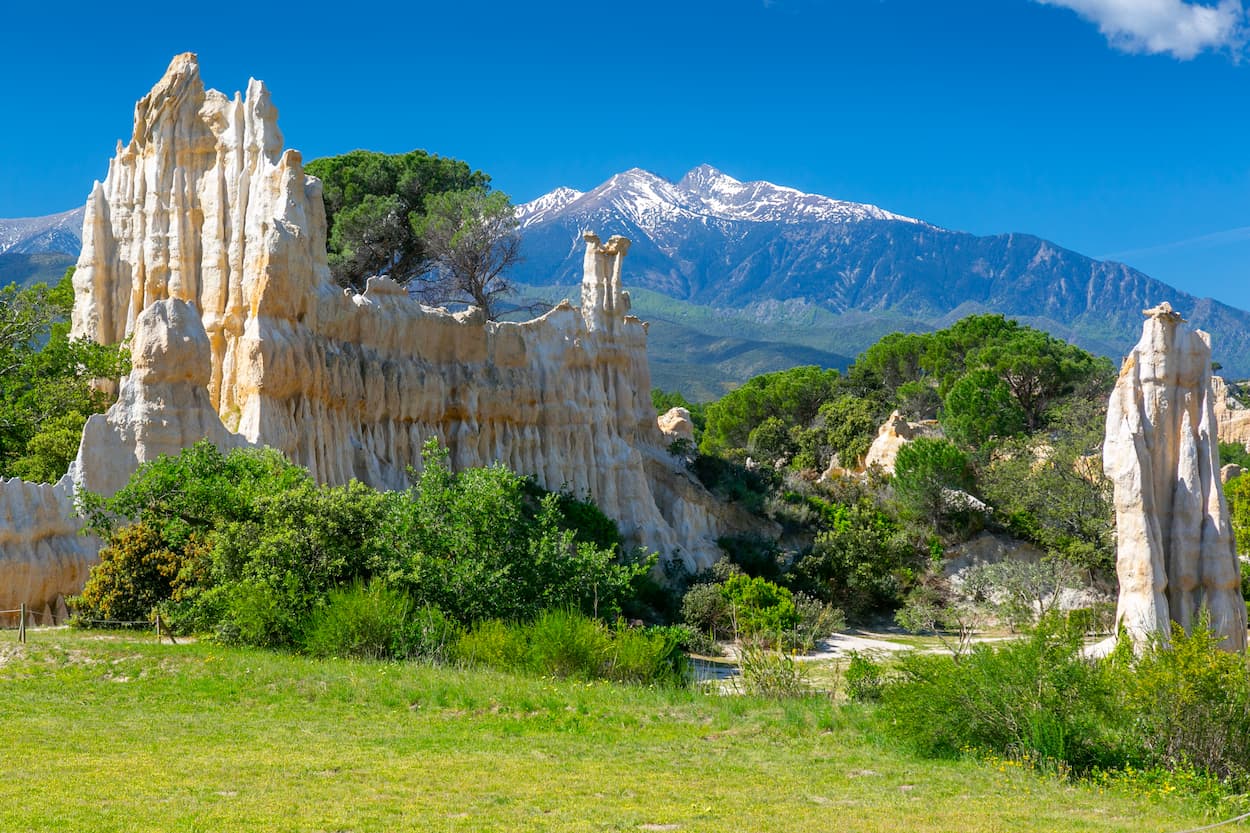When storms pushed Norseman Lief Ericsson westward to the North American continent 1,000 years ago, many of the cypress trees of today’s Cache River State Natural Area were just saplings. By the time Christopher Columbus landed in the Western Hemisphere 500 years later, they had grown into ancient trees that towered above even more ancient blackwater swamps.
Cache River State Natural Area is situated in southernmost Illinois within a floodplain carved long ago by glacial floodwater of the Ohio River. When the Ohio River adopted its present course, it left the Cache River to meander across rich and vast wetlands. Among the outstanding natural features found within the area today are massive cypress trees whose flared bases, called buttresses, exceed 40 feet circumference. Many are more than 1,000 years old, including one that has earned the title of state champion bald cypress because of its huge trunk girth, towering height, and heavily branched canopy.Totaling 14,314 acres in Johnson and Pulaski counties, Cache River State Natural Area is composed of three distinct management units – Little Black Slough, Lower Cache River Swamps and Glass Hill.The Little Black Slough Unit surrounds the Upper Cache River north of the Cypress-Dongola blacktop. Nestled deep within the shadowy bottomland forests of this unit lies Heron Pond, a shallow wetland dominated by cypress and tupelo trees. A boardwalk winds its way into the secluded depths of this forested swamp, providing visitors a chance to step back in time and observe wetland and aquatic ecosystems that have remained relatively undisturbed for thousands of years. During the growing season, massive gray-brown cypress trunks arise from a floating carpet of brilliant emerald duckweed. These living pillars of wood extend high over the swamp before disappearing into a shadow-filled canopy.South of the Cypress-Dongola blacktop, the Lower Cache River Swamps spread across a broad, flat floodplain.
